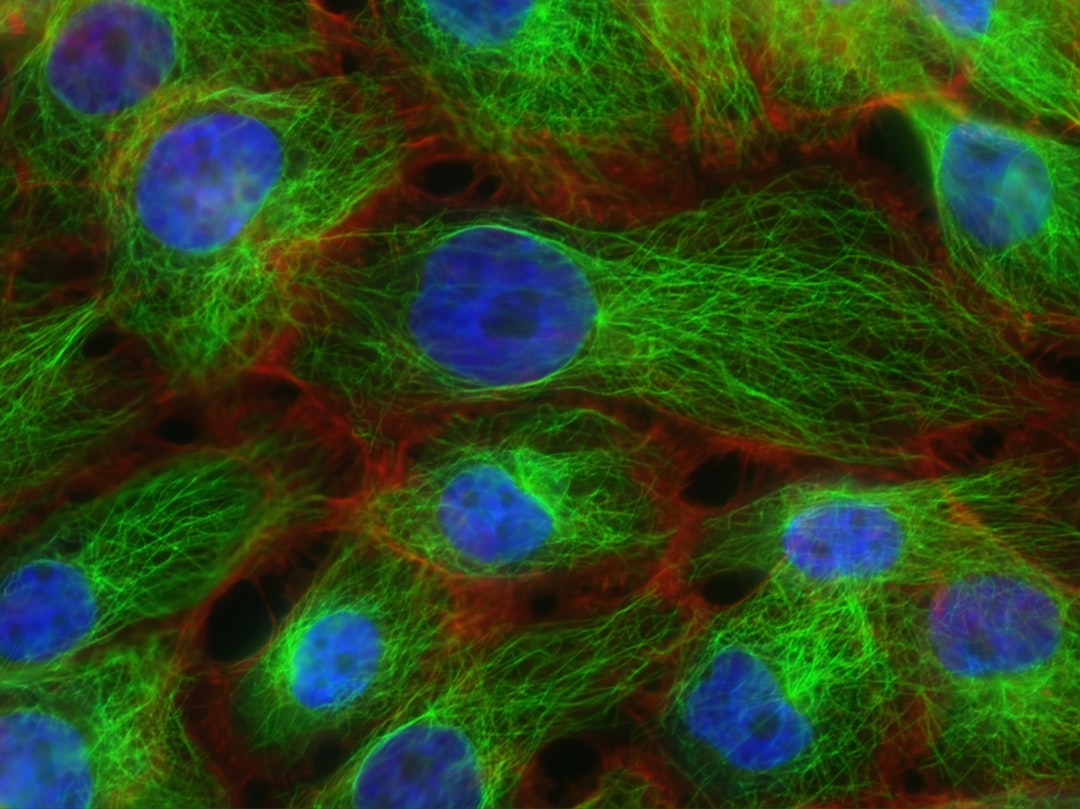What is it about?
Amylolytic enzyme is a starch hydrolyzing important group of industrial enzyme with a multi-dimensional utility. In this present study, endophytic bacteria were isolated from Potentilla fulgens Wall. and screened for their amylolytic activity. Out of total 13 endophytic bacteria isolated, 3 of them showed positive results for amylolytic activity, i.e., production of halo zone against blue background in starch containing media. The most promising isolate was identified as Bacillus subtilis subsp. inaquosorum PR-1. After 72 hrs. of incubation, PR-1 showed maximum biomass (0.017 mg) and the overall specific growth rate was recorded as 0.0126 h-1. Amylolytic enzyme activity of PR-1 was found to be optimum at 10 mg/mL starch concentration in pH 7 at 50 °C temperature after 30 min of incubation indicating that the production of amylolytic enzyme by the representative isolate was growth dependent as well as preferable for industrial application. The enzyme remains stable in presence of surfactants whereas inhibited by EDTA. Metal ions Ca2+, Na+ and Fe2+ were found to be increase the activity while Ba2+, Mg2+ and Mn2+ inhibited the activity. Activity staining for amylolytic enzyme showing one major band in starch-Native-PAGE confirmed its active amylolytic activity with absence of isozymes with a molecular weight of 97.4 kDa. The amylolytic activity of PR-1 was also enumerated against the raw starch of Dioscorea alata L. where highest amylolytic activity (50.46 U/mL) was achieved in 10 mg/mL of raw starch after 2 hrs. of incubation.
Featured Image
Read the Original
This page is a summary of: Amylolytic activity and its parametric optimization of an endophytic bacterium Bacillus subtilis with an ethno-medicinal origin, Biologia, January 2015, De Gruyter,
DOI: 10.1515/biolog-2015-0047.
You can read the full text:
Contributors
The following have contributed to this page










